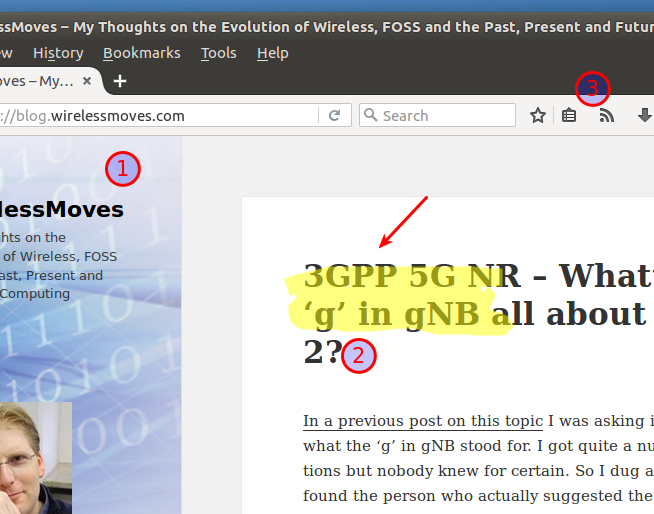And finally, here’s part 3 of my series of entries on what moved me in 2016 technology wise. While part 1 and 2 focused on networks and Linux computing this part deal with a few miscellaneous things.
Continue reading Things That Moved Me In 2016 – Part 3: Miscellaneous

